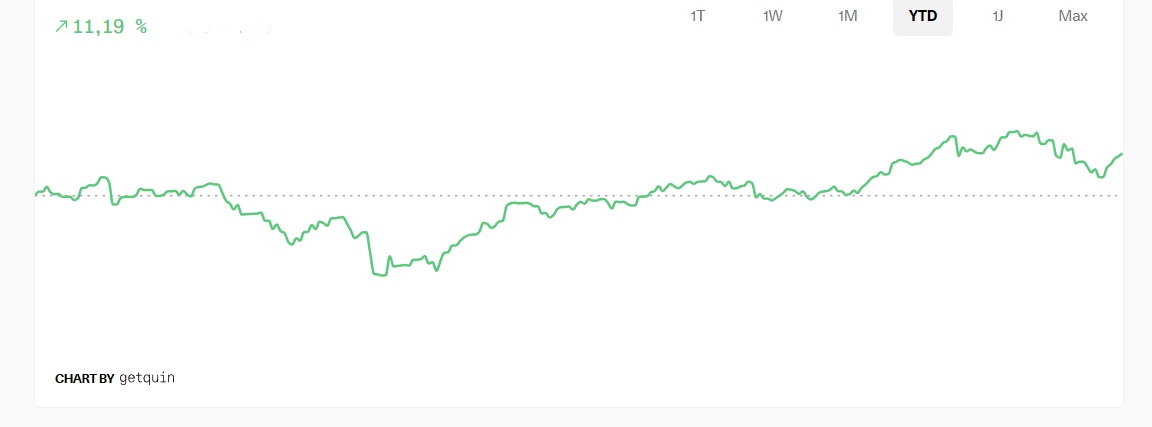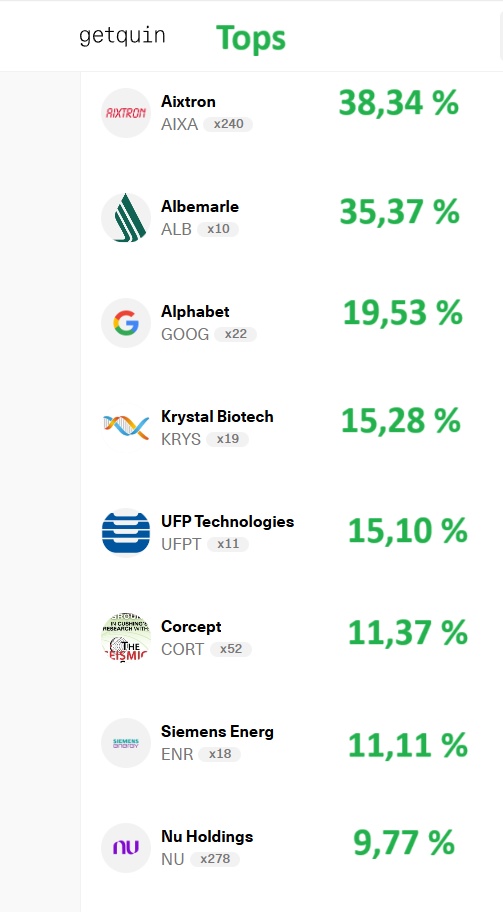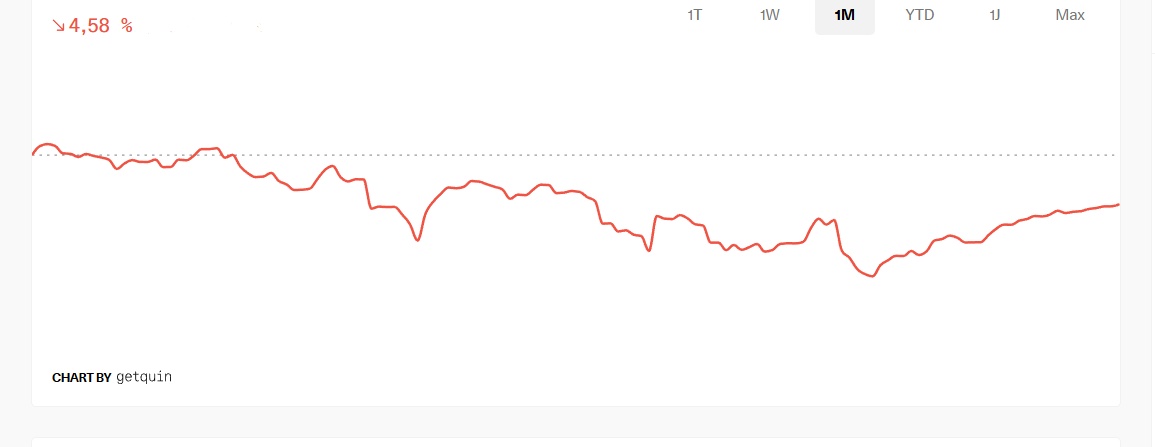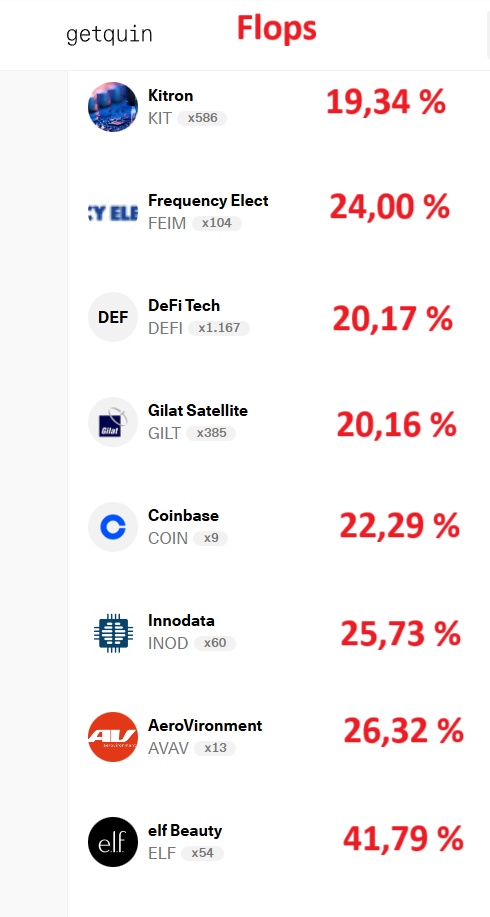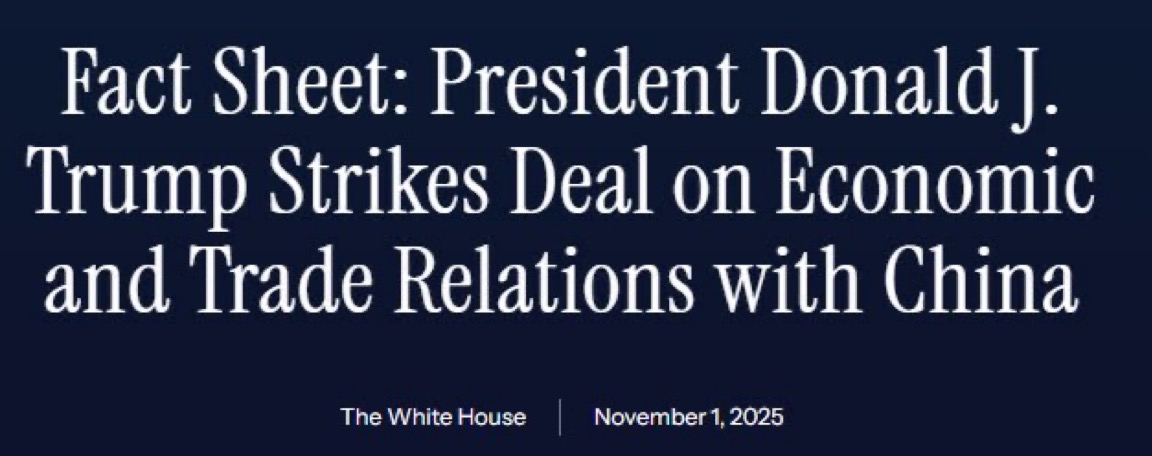$CSPX (-1,21 %)
$IWDA (-1,04 %)
$CSNDX (-2,38 %)
New research uncovers the math behind stock returns and advises investors to prepare for shocks
Javier Estrada's latest study„Expected Stock Returns in Bullish Times" sheds light on the mathematical factors that influence stock returns - and explains why the current market exuberance should be viewed with caution.
By analyzing more than 150 years of US market data (1872-2024), Estrada has broken down annual returns into their main components: Dividend yield, earnings growth and changes in the price-to-earnings ratio. His findings show why the conditions for sustained above-average earnings rarely persist for long, especially after strong bull markets.
Lessons from bull markets throughout history
Estrada's analysis of the US market shows that periods of rapid earnings growth are rarely accompanied by a simultaneous expansion of price-to-earnings ratios. In fact, these two factors have exhibited a negative correlation over decades (correlation coefficient of -0.5) - meaning that investors do not simultaneously drive up valuations during periods of rapid earnings growth and vice versa. This relationship becomes particularly critical when markets reach extreme valuations, as was the case both in the late 1990s and in the current situation.
His analysis shows that the current market situation - high price-to-earnings ratios, low dividend yields and optimism driven by recent returns - bears some similarities to the situation in 1999. Back then, the S&P 500 posted impressive gains, but valuations reached unsustainable levels. When the reversion to the mean finally began, returns over the following decade were disappointingly low (just 0.1% annualized before inflation
Why high returns are harder to sustain
Estrada's modeling shows that the expectation of high future returns in exuberant markets requires at least one of two conditions: extremely rapid earnings growth or a sharp widening of price-to-earnings ratios, or both. History shows that these conditions are rarely met simultaneously - expecting them now is increasingly unrealistic.
When fundamentals such as earnings and dividends return to their long-term averages, future returns will fall.
Estrada estimates that if fundamentals normalize, annualized returns of around 0.4% could be achieved over the next ten years.
Key findings for investors:
Valuation before extrapolation
What is the actionable advice for retail investors?
Estrada's work calls for a readjustment of expectations:
- Please be prepared for lower stock market returns over the next ten years, especially if reversion to the mean occurs.
- Avoid recency bias - the urge to believe that a recent strong performance will continue indefinitely.
- Prioritize fundamental valuations (dividend yield, earnings growth rate, price-to-earnings ratios) over tracking performance.
- Consider a more conservative allocation to equities and diversify your exposure to other risk assets such as private credit, infrastructure, real estate and market neutral long-short strategies, such as those used by AQR Style Premia Alternative QSPRX for example.
Estrada's analysis of equity returns over a 150-year period conveys a clear message: the higher markets go, the less likely it is that all factors affecting returns will remain positive. The negative correlation between earnings growth and P/E expansion means that both factors rarely increase returns simultaneously over long periods of time.
Today's market environment of expensive stocks and low yields presents a major challenge to sustaining recent gains. A perfect (and historically rare) combination of rising earnings and multiplying valuations would be required to justify optimistic forecasts.
Rather than speculating about the right time, Estrada recommends paying close attention to valuations and preparing portfolios for lower returns. Reversion to the mean - the tendency of markets to revert to historical averages - is one of the most enduring features of the stock market. Investors who heed these lessons will be far better positioned to weather the eventual turn in the cycle
For investors, the message is clear: base your expectations on historical data, not hopes. Strong bull markets will eventually be replaced by periods of moderate or even negative returns - and preparing for this change is a sign of discipline.
Own assessment:
Admittedly, this is not an entirely new insight for informed and aware investors. In view of the current market conditions, however, I wanted to share the summary of the study with you in order to provide new market participants in particular with an analytical and long-term (150-year) orientation.
The author(s) do not own shares in the securities mentioned in this article. Find out more here Redaktions-Richtlinien von Morningstar.
Larry Swedroe is a freelance writer. The opinions expressed here are the author's. Morningstar values diversity of thought and publishes a broad range of viewpoints.
Source
https://global.morningstar.com/de/maerkte/anleger-aufgepasst-bullenmrkte-dauern-nicht-ewig?utm_source=eloqua&utm_medium=email&utm_campaign=Germany_Weekly&utm_content=None_69633&utm_id=36229












